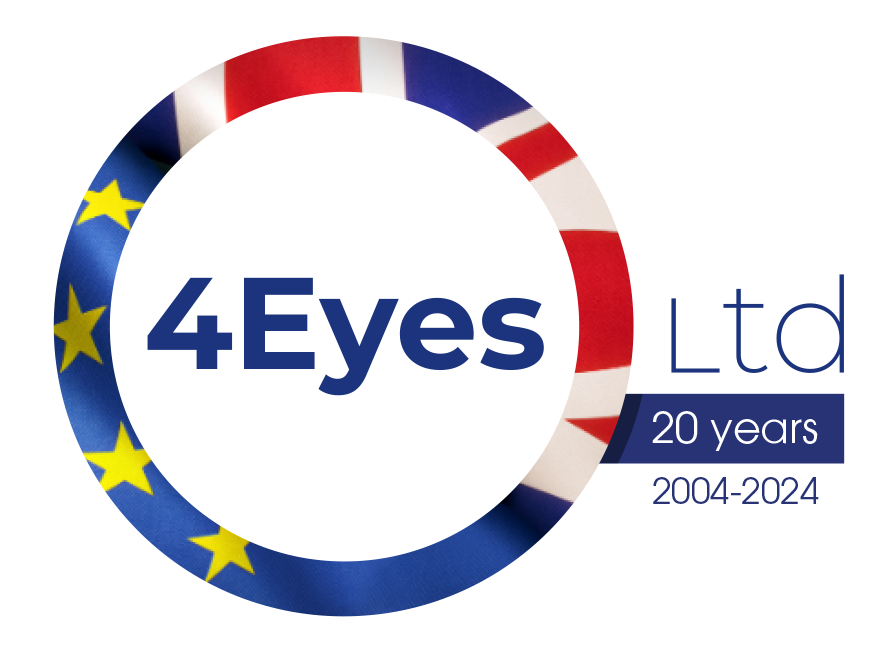UK Carbon Border Adjustment Mechanism (UK CBAM)
The UK government is pressing ahead with plans first outlined in 2023 to introduce a UK Carbon Border Adjustment Mechanism (CBAM) on 1 January 2027. On 30 October 2024, the UK government published its response to the consultation on the operation of a UK CBAM.
Under the UK's CBAM proposals, importers of certain carbon-intensive goods from countries with a lower or no carbon price will be required to pay a levy on imports, aimed at levelling the playing-field between those foreign producers and domestic producers who pay for carbon emissions under the UK Emissions Trading Scheme (UK ETS).
Businesses that already import goods into the EU that are subject to the EU's CBAM will find many similarities in sectoral scope and measurement of emissions, though these are not identical, and the UK's CBAM will take the form of a levy rather than the purchase of certificates.
Scope
UK CBAM will apply to industrial goods specifically in the aluminium, cement, fertiliser, hydrogen, iron and steel sectors, when imported into the UK. For these sectors, products which would have been within the scope of the UK ETS if they had been produced domestically will be affected. Sectors within the initial scope of the UK's CBAM from 2027 are the same as under the EU's CBAM except that the UK CBAM does not apply to imports of electricity.
Glass and ceramics sector products which were included in the consultation document will be considered for future inclusion in the UK scheme but will not be in scope from 2027.
UK CBAM will be calculated based on direct (emissions related to the production processes), indirect (emissions related to the production of purchased electricity) and select "precursor" product emissions embodied in imported goods.
Smaller importers, who import CBAM-eligible goods worth less than £50,000 over a rolling 12-month period, will be exempt. This approach will retain 99% of imported emissions within the scope of UK CBAM, whilst excluding 80% of otherwise registrable businesses. This contrasts with the EU scheme under which all imports of in-scope products exceeding €150 in value are caught.
Mechanics of UK CBAM
CBAM will operate as a levy, essentially a tax payable by the importer consisting of a carbon price based on the emissions generated in the production and manufacture of the relevant CBAM-eligible product. This differs from the EU scheme which is based upon the purchase and cancellation of "CBAM Certificates" and is considered easier to set up and operate than the EU’s scheme.
The CBAM rate will be set (by sector) every quarter by the UK government, based on UK ETS carbon prices, the free allocation of allowances under the UK ETS and the Carbon Price Support rate on electricity generated using fossil fuels in Great Britain.
Verification
All actual embodied emissions, including the relevant direct, indirect and precursor emissions, will need to be independently verified.
UK CBAM also provides that, where an importer wishes to reduce its CBAM liability by demonstrating that an overseas carbon price has already been paid, third party verification will be required to support the adjustment to the CBAM liability.
Importers will be responsible for providing verified emissions calculations. Third party verifiers will need to be accredited by a member of the International Accreditation Forum, such as the United Kingdom Accreditation Service in the UK.
Compliance
From 1 January 2027 those businesses or individuals who either (a) in the next 30 days, expect to import CBAM goods which will take them past the £50,000 value threshold, or (b) have imported £50,000 worth of CBAM goods in the previous 365 days must register a liable person with HMRC.
CBAM will then operate as a tax, and so liable persons will need to complete and submit a tax return evidencing their CBAM liability. For 2027, this be levied on an annual basis and thereafter on a quarterly basis (to align with how other taxes are generally administered by HMRC).
HMRC will use existing powers and penalties to enforce payment and penalise evasion of CBAM, including the introduction of a criminal offence for fraudulent evasion of CBAM.
Impact on businesses
Businesses should consider now whether the goods that they import into the UK fall within the scope of CBAM and take steps to ascertain their potential CBAM liability under current supply chains from 2027.
Businesses which import goods into the UK that fall within the scope of CBAM will need to consider how, from 2027, they will measure and report emissions in their supply chains. Default values for products are available, but this will mean an inability to account for any carbon levies already paid in the country of origin or manufacture.
Businesses that already import goods into the EU that are subject to the EU's CBAM will encounter many similarities in sectoral scope and measurement of emissions, though these are not identical, and the UK's CBAM will take the form of a levy rather than the purchase of certificates.
Businesses impacted should consider engaging with the UK government's working group (CBAM JIWG) or international group to input into and receive updates on CBAM's further development.
Way forward
4 Eyes Ltd can assist UK businesses in their preparation for UK CBAM. Our European partners can also assist businesses with EU CBAM obligations so please contact us if this service is of interest to you.
